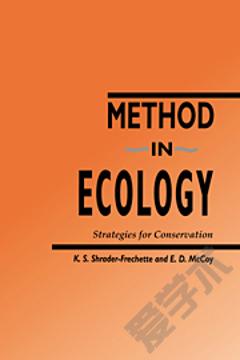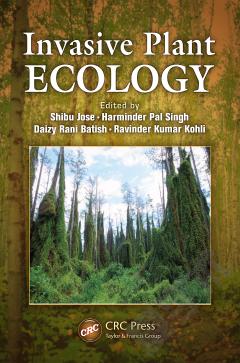Plant Conservation: An Ecosystem Approach
Part I, Perspectives on Plant Conservation * Plants and conservation * Approaches to plant conservation * Part II, Threats to Plants * Threats posed by biological and ecological processes * The human factor: Root causes of plant loss * Invasive alien species and genes * Climatic change * Pollutants * Part III, Actors and Stages * Roles for plant conservationists * Roles for governments * Roles for botanical institutes, networks, societies and NGOs * Part IV, Information, Knowledge, Learning and Research * Information * Knowledge * Learning * Research * How can biodiversity research benefit conservation? * Part V, Plant Life * Types and names of plants * Human influences on plant types * The living plant * Vegetation dynamics * Part VI, The Management of Plants and Land * Resource acquisition and social modes * Management processes, tools and systems * Landscape management for conservation * Case study: Fodder systems at Ayubia, Pakistan * Part VII, Meanings, Values and Uses of Plants * Symbolism of plants and nature * Material uses of plants * Future uses of plants * Part VIII, The Patterns of Plants * Detecting patterns of plant species * Environmental and historical determinants of plant patterns * Ice Age influences * People and plant geography * Case study: Projek Etnobotani Kinabalu * Part IX, Plants and Places: Choices, Priorities and Standards * Perspectives * Plants, places or resources? * Case study: Prioritizing plant resource for community use at Bwindi, Uganda * Part X, Possession, Property and Protection Tenure and resource rights * Statutory law * Protected areas * Case study: Church forests in Ethiopia * Part XI, Approaches to In Situ Conservation * The local: The heart of plant conservation * Assessing the sustainability of resource supply * Collaborating in resource management * Finding alternatives to wild harvest * Linking livelihood support and plant conservation * Case study: Amchi medicine and conservation of medicinal plants in Nepal * Part XII, Projects with Communities * The usefulness of applied ethnobotany * Preparations for community-based projects * Field methods and tips * Part XIII, Ex Situ Conservation * Plant genetic resource systems * Reintroductions, restoration and revitalization * Part XIV, Plant Trade * Wild plants in trade * Actions in favour of conservation * Standards and certification *
{{comment.content}}








 京公网安备 11010802027623号
京公网安备 11010802027623号